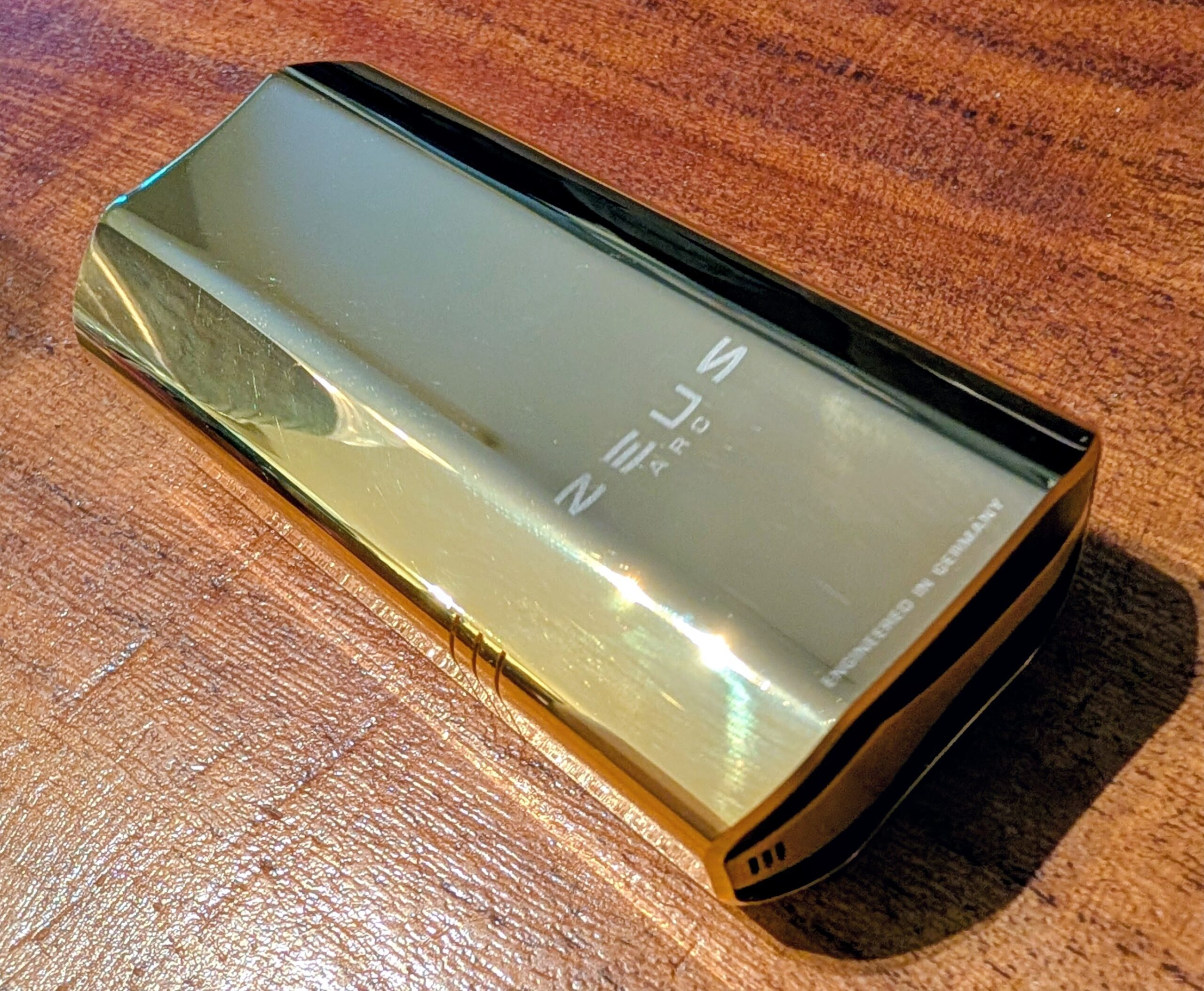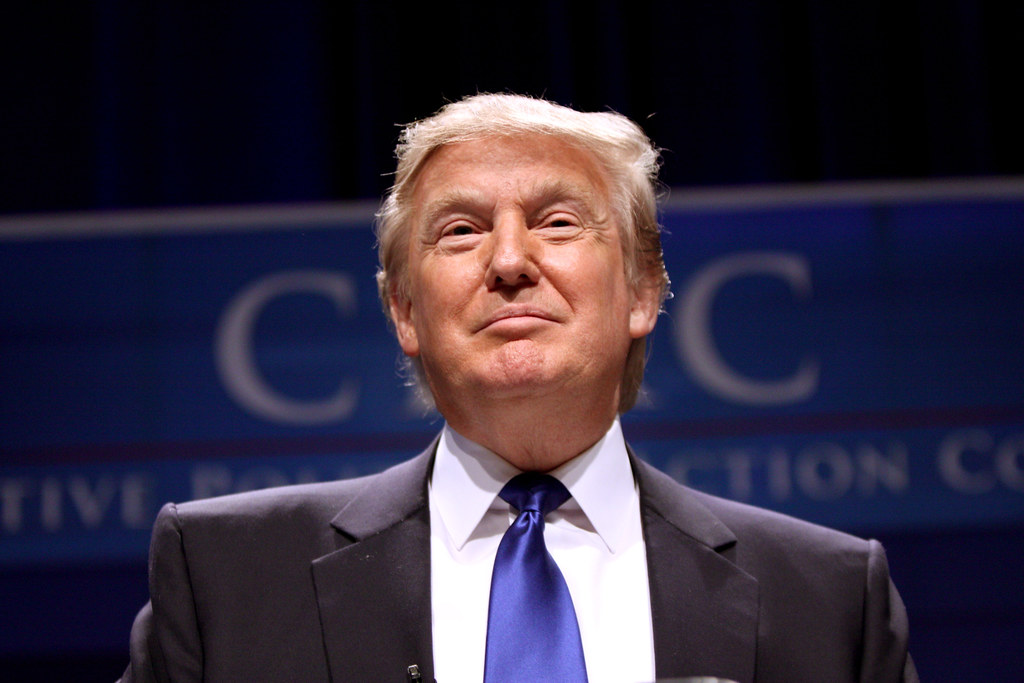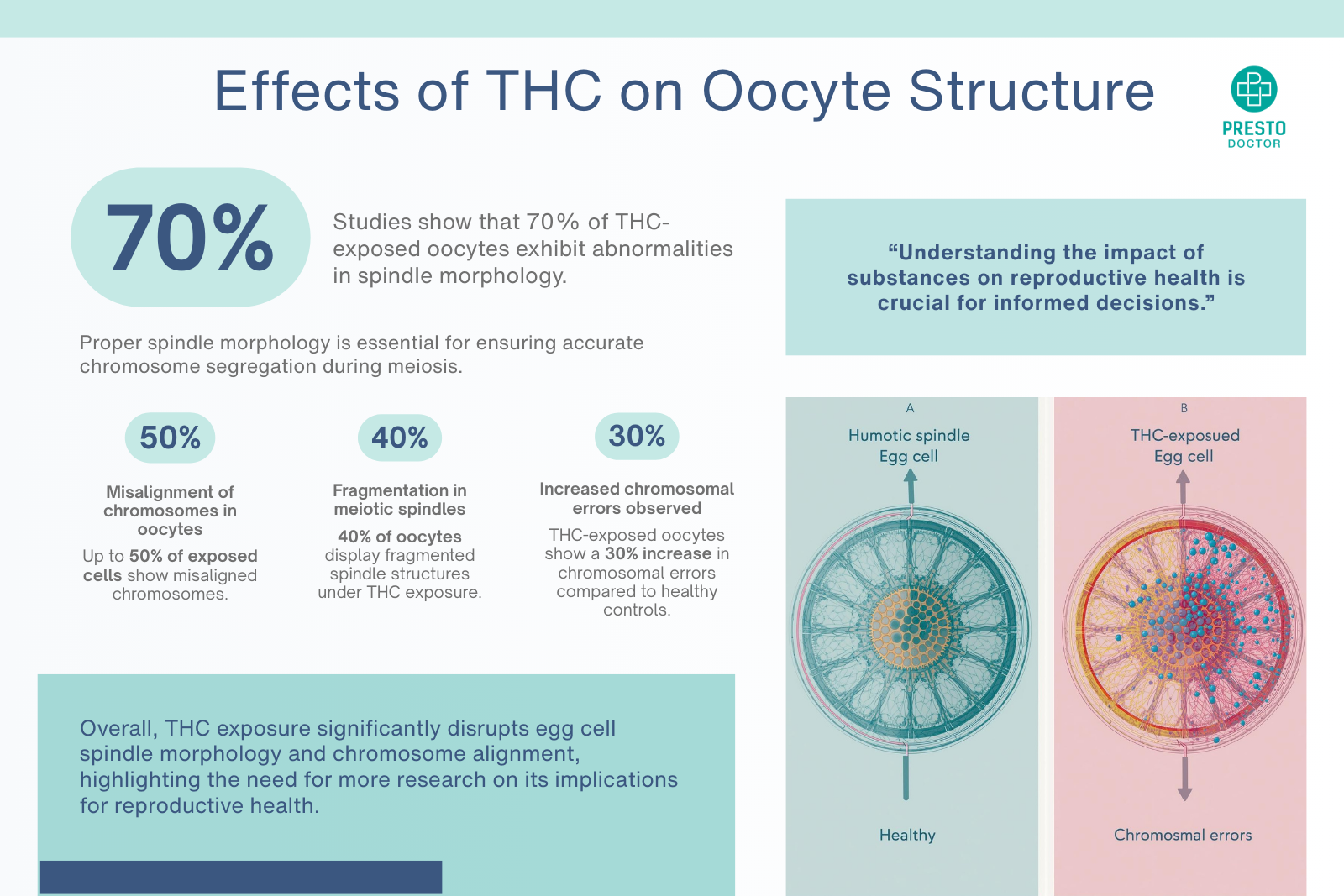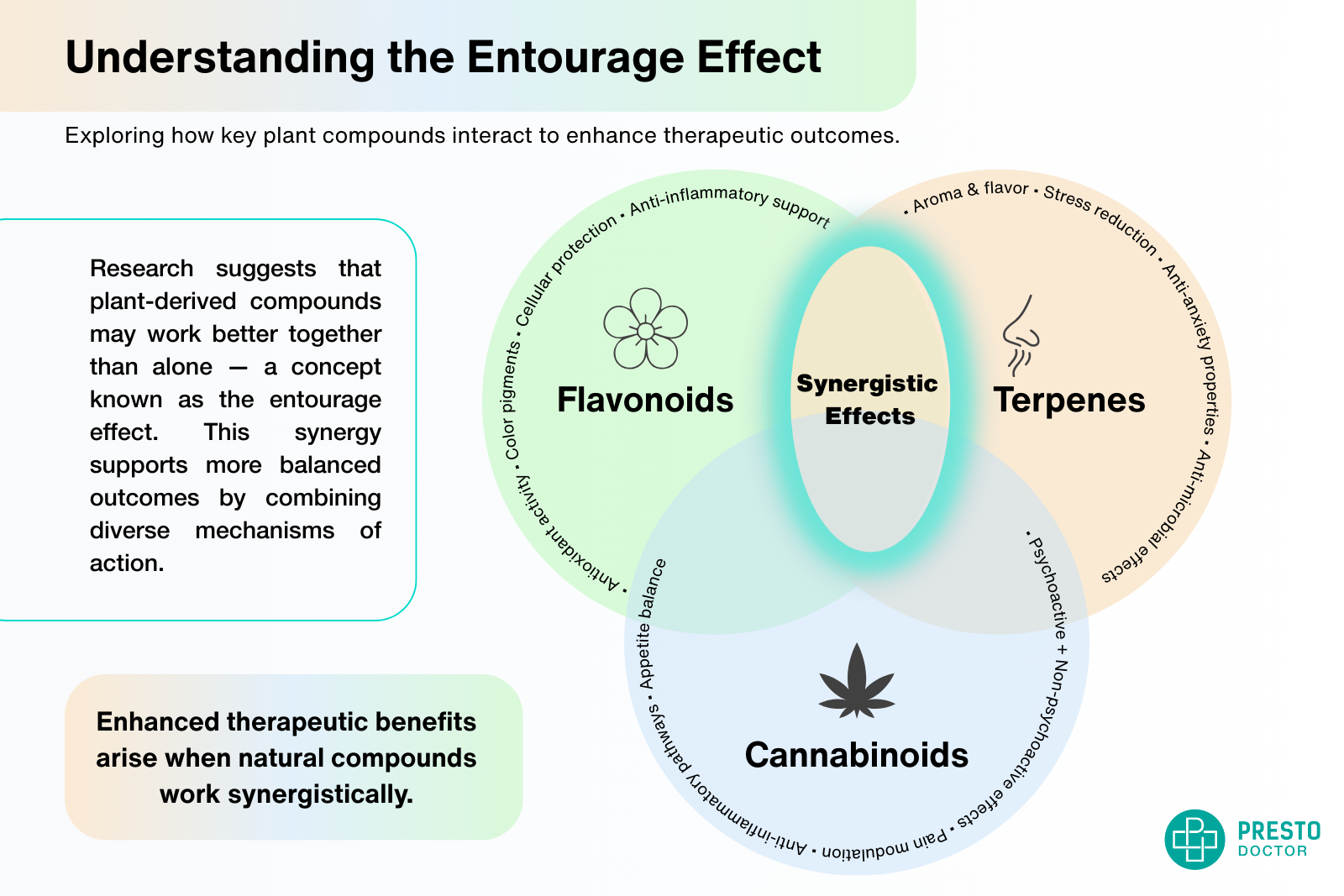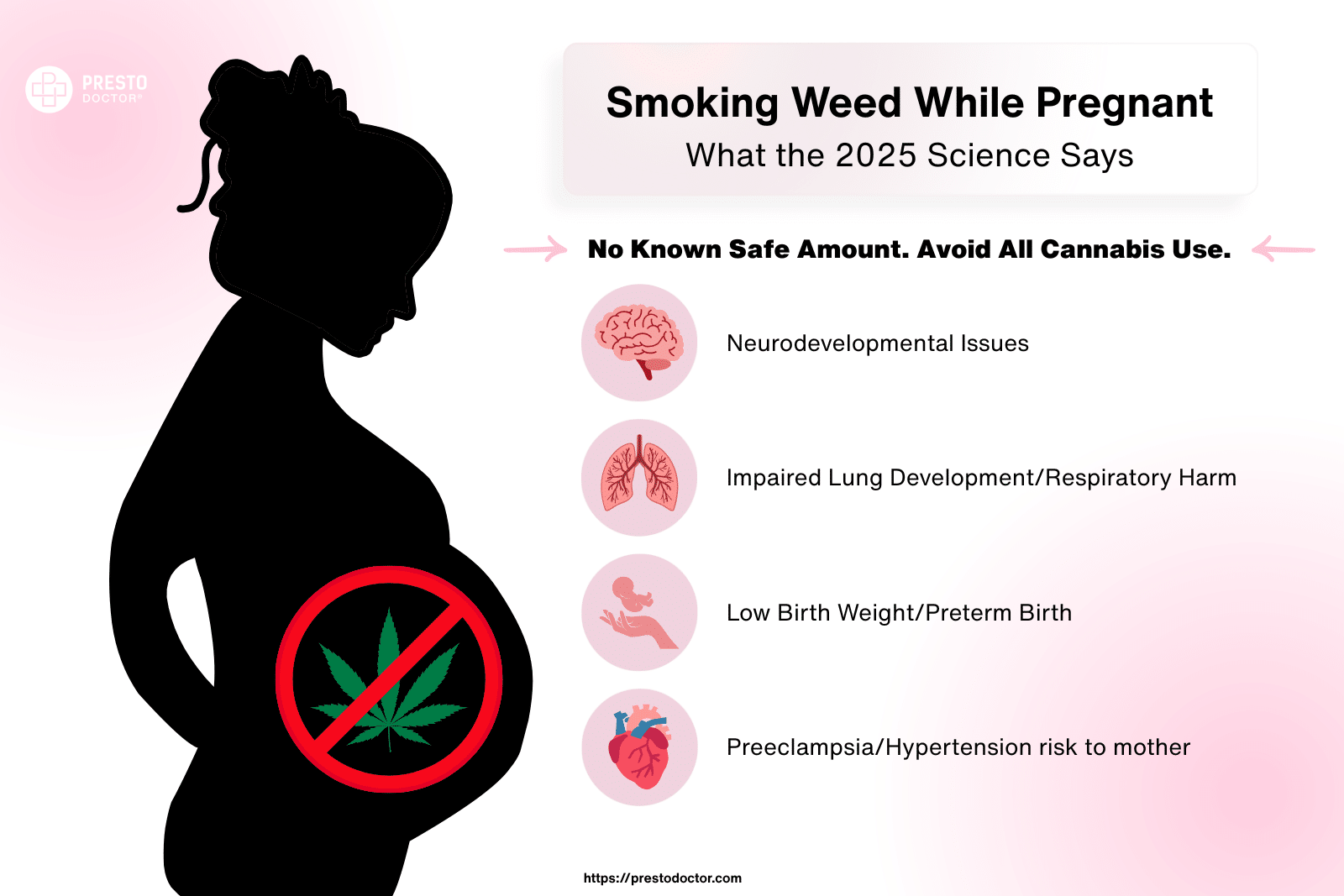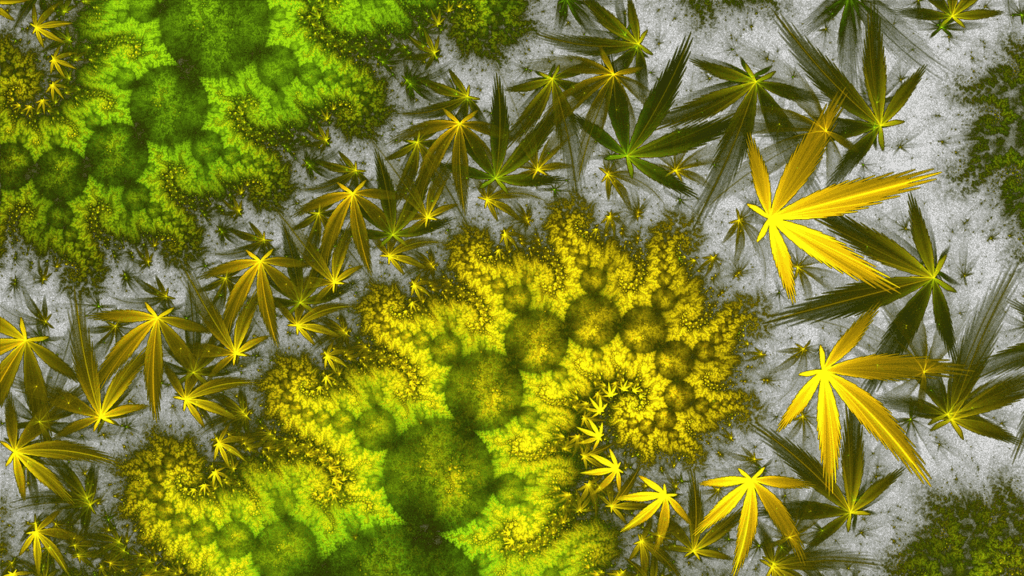
Welcome to good news/bad news: CBD edition.
The good news: As you may have seen over the past year or so, CBD has surged in popularity and availability across the country. Now, patients and adult use consumers can purchase CBD online, at local pharmacies and even in corner stores and coffee shops.
The bad news: While this expansion is incredible and welcomed, that does not mean that all CBD is created equal. In fact, much of it may not even be CBD. Like cannabis, unregulated, synthetic products make up far too much of the market. Unknowing consumers are ingesting these products and facing severe threats to their health and sometimes lives. That is why every consumer must understand how to recognize synthetic CBD and cannabis.
The Dangers of Synthetic CBD and Cannabis
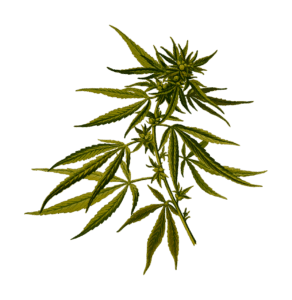
In a past article, we detailed just some of the dangers associated with synthetic cannabinoids passed off as cannabis. With side effects ranging from confusion to addiction to death, the costly risks associated with K2, spice, and others have lingered for years.
This past May saw one of the first reported stories on a fraudulent batch of synthetic CBD sickening over 50 people in Utah. Those affected used a brand, Yolo CBD Oil, that used a synthetic compound, 4-CCB, rather than authentic hemp-derived CBD. The news sparked the hemp industry to speak out over the dangers of synthetics. With the industry set to reach $1 billion this year, information on how to recognize synthetic CBD is on the rise and sorely needed. As it achieves these goals, market leaders hope to turn customers away from potentially dangerous non-hemp options, including the nearly 70 percent of online CBD products that are mislabeled for one reason or another.
In recent years, a handful of reports like the one in Utah have surfaced. Victims have reported a range of symptoms including a heightened state of agitation, a rapid heartbeat, vomiting, confusion and death in a few instances. In a case from this past winter, two U.S. Army members in North Carolina died from what is believed to be synthetic CBD or another compound. In addition to the two, over 60 other service members were admitted for treatment from similar use.
With citizens and military personnel falling victim, the hemp industry is hoping to end the issue before it balloons into the circumstances that surround synthetic cannabis and cannabinoids. With the U.S. government showing more support for hemp than we’ve seen in over a century, dangers from illegitimate “CBD” brands could destroy decades of progress.
How to Recognize Synthetic CBD and Cannabis
With health risks on the rise, consumers are being warned about the dangers of synthetic cannabis/cannabinoids as well as what is being passed off as CBD. Now more than ever, it is essential that you stay aware of the warning signs.
When dealing with cannabis, most tips center around two fundamental questions:
- Do you trust your supplier?
- Does the flower look and smell as it should?
In legalized states, medical patients can easily answer question one by visiting a trusted dispensary. Unfortunately, too many still must go through the black market for their medicine. While we don’t advocate the black market, some states leave patients with no other options to seek relief. In these cases, it is important that their supplier be trusted and knowledgeable about their product just as any dispensary Budtender would be.

Consumers in large part have learned how to recognize synthetic cannabis from the real deal. At this point with CBD, that information is less understood by the masses. Like the entirety of CBD as a whole, the marketplace is still just learning about the cannabinoid. Some may not even know that synthetics are an issue like cannabis. This lack of information demonstrates the importance of knowing how to recognize synthetic CBD in today’s online and brick and mortar shops.
To ensure that you purchase hemp-derived, safe CBD products, ask yourself questions just as you would a cannabis purchase. Before putting any money down, consider the following three questions:
- Who manufactured the product?
- How was the CBD sourced?
- Does the company have its own extraction process?
As Singleseed explains, asking these questions allows you to know where in the world your hemp came from, if it is hemp at all and if any artificial ingredients are present in your product. However, the last question could be most vital. If a company has its own extraction process, it should be able to provide you with the batch-testing results to confirm the potency and purity of the CBD oil.
The Changing Landscape

Recent developments around hemp in the U.S. has given some patients hope that they will be able to use regulated CBD products soon enough. While the legal synthetic cannabinoid Marinol has caused some controversy, the first cannabis-derived CBD-based Epidolex is being welcomed as a possible treatment from childhood epilepsy. Unlike, Marinol, which tends to have a series of side effects of its own, Epidolex does not appear to have the same results. As such, many now believe that CBD could be reclassified within the next 90 days.
That said, while hemp-derived CBD can be an effective treatment for some, cannabidiol extracted from the cannabis flower is the safest and most effective form of oil. To generate hemp CBD, cultivators have to use large quantities of hemp. As a bioaccumulator, hemp takes in toxins from the soil, which increases the probability that the CBD oil will have contaminants in its final product.
Until more options become regulated and available through trusted sources, users of all needs should know how to recognize synthetic CBD and cannabis. With costly consequences, it is best to know what you are buying. Just because we can find CBD and cannabis more readily than ever before does not, unfortunately, mean that all options are safe for consumption. Until the better regulation is in place, you can’t afford to consume any cannabis products without doing your research first.

